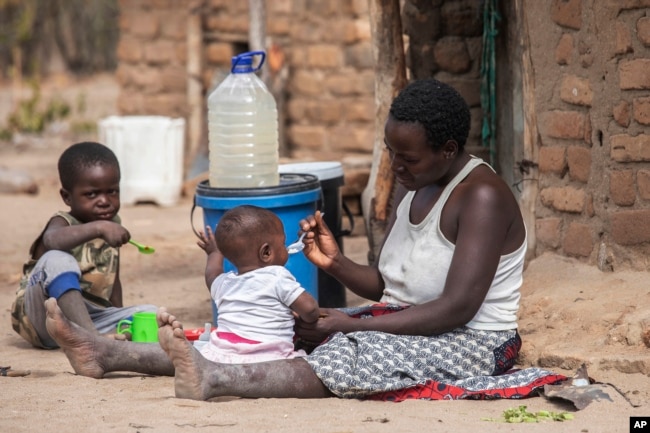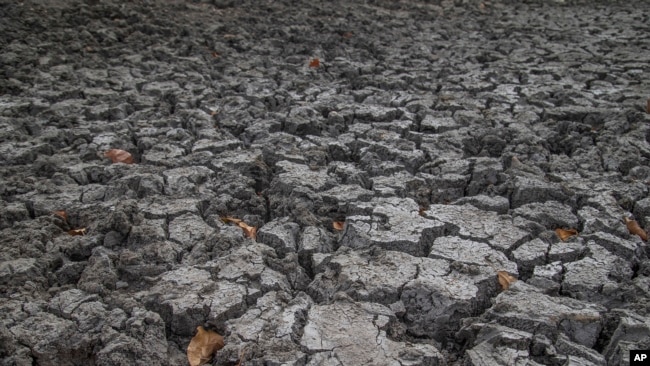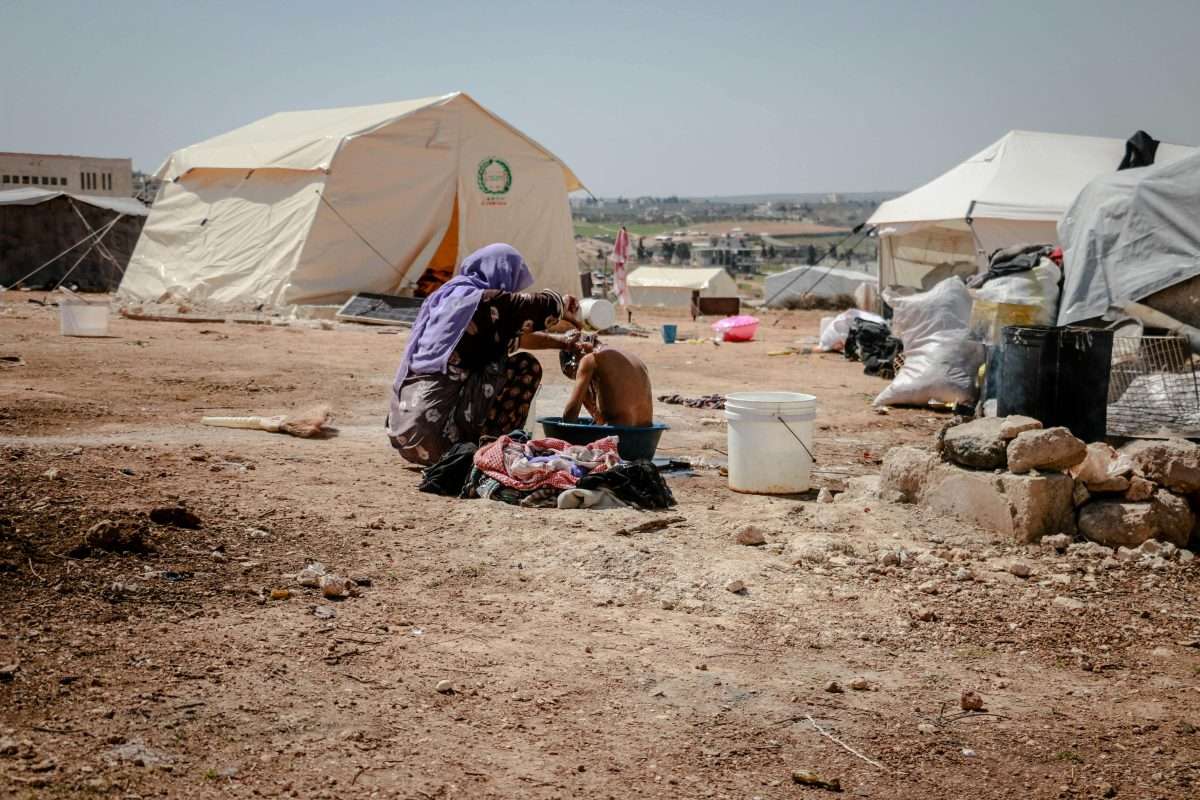United Nations aid agencies have issued urgent warnings about the escalating impact of climate change in eastern and southern Africa, highlighting the profound challenges faced by millions of people in the region. The effects of climate change are compounding existing issues such as conflict, poverty, hunger, and disease, exacerbating the plight of vulnerable populations. The situation is dire, with the region grappling with an increasingly complex humanitarian crisis that demands immediate and coordinated international response.
Since mid-April, the phenomenon of El Niño has triggered severe and erratic weather patterns across East Africa. Heavy rainfall, linked to this climatic event, has resulted in widespread flooding that has devastated communities and infrastructure. The extreme weather conditions have also led to landslides, which have further displaced people and disrupted access to essential services. In addition to flooding and landslides, the region has experienced violent winds and hail, which have damaged crops, homes, and critical infrastructure, further straining already fragile livelihoods.
The consequences of these extreme weather events are multifaceted. Flooding has inundated agricultural lands, leading to food shortages and rising prices, which are placing additional pressure on families already struggling with poverty. The destruction of homes and infrastructure has also led to increased displacement, with many people forced to live in temporary shelters under precarious conditions. The compounded impact of these climatic disasters on health, sanitation, and access to education is deepening the humanitarian crisis, making it even more challenging for aid organizations to deliver effective support and relief.
In Sudan
The U.N. refugee agency, UNHCR, reports climate-induced heavy rains and flooding have upended the lives of tens of thousands of people in war-torn Sudan this year, displacing, injuring and killing many.
The agency warns that heavy seasonal rains are creating further misery for thousands of displaced, including refugees in dire need of humanitarian aid.
WFP: World needs to ‘wake up’ to famine in Sudan’s Darfur
UNHCR spokesperson Olga Sarrado told journalists in Geneva Friday that torrential rains and severe floods in the past two weeks are having a devastating effect on the lives of thousands of refugees and internally displaced, noting that more than 11,000 people in the eastern Kassala state are in desperate straits.
They include many families who recently arrived after fleeing violence in Sennar state,” she said. “Some have been displaced three or four times already since the start of the conflict.
They have lost their belongings, including food rations, and are facing significant challenges in accessing clean water and sanitation facilities, increasing the risk of waterborne diseases,” she said.
The International Organization for Migration reports that more than 10 million people have become displaced inside Sudan and 2 million have sought refuge in neighboring countries since mid-April 2023, when rival generals from Sudan’s Armed Forces and paramilitary Rapid Support Forces plunged Sudan into war.
The UNHCR reports Sudan continues to host about 1 million refugees and asylum seekers from other countries.
Sarrado said the UNHCR is prepositioning core relief items and shelter kits in the eastern and western parts of the country where more rainfall is expected. She added that flooding in the Darfur region is causing concern among aid agencies, as this will further limit their ability to reach thousands of destitute people.
The humanitarian needs are reaching epic proportions in the region, as hundreds of thousands of civilians remain in harm’s way and famine has been recently confirmed in a displacement site, as you all know,” she said. “The conflict has already destroyed crops and disrupted livelihoods. The climate crisis is making those displaced even more vulnerable now.
In Southern Africa
While the heavy rains continue to pound refugees and displaced communities in Sudan, the World Food Program reports that more than 27 million people across Southern Africa, devastated by an El-Nino-induced drought are going hungry.
I have just returned from Zimbabwe and Lesotho, two of the worst-affected countries, where 50% and 34% of the countries’ respective populations are food insecure,” said Valerie Guarnieri, WFP assistant executive director, program operations.
Speaking from Rome, she said the drought sweeping across the region has decimated crops, causing food prices to spiral and triggering a hunger crisis at a time when their food stocks are at the lowest.
She noted that the onset of this year’s lean season, which is usually from October to March, has come early this year.
“People are facing an early and much deeper lean season,” she said, adding that the situation is likely to get worse, “given production shortfalls and dwindling supply.”
She said that 21 million children, 1 out of 3 in southern Africa, are stunted and 3.5 million children are struggling with acute malnutrition and require nutrition treatment.
“These numbers are not as stark as they are in other parts of the region. Countries that are facing famine — Sudan, for instance. However, we should not have these kind of numbers in Southern Africa,” she said.
We know that to deal with stunting, to prevent wasting, we need to be ensuring that all children and all women of child-bearing age, in particular, have access to the nutrients that they require in order to grow and to thrive.
To deal with this crisis, Guarnieri said WFP is scaling up its operation to provide emergency food and nutrition support to 5.9 million people in seven countries between now and March.
She said that WFP is facing a $320 million funding shortfall “that jeopardizes our ability to mount a response at the scale required.
UNHCR’s Sarrado also expressed concern that her agency’s appeal for nearly $40 million to assist and protect 5.6 million refugees, returnees, internally displaced and local communities in Sudan and five countries of refuge “has so far received only $5 million in funds.






